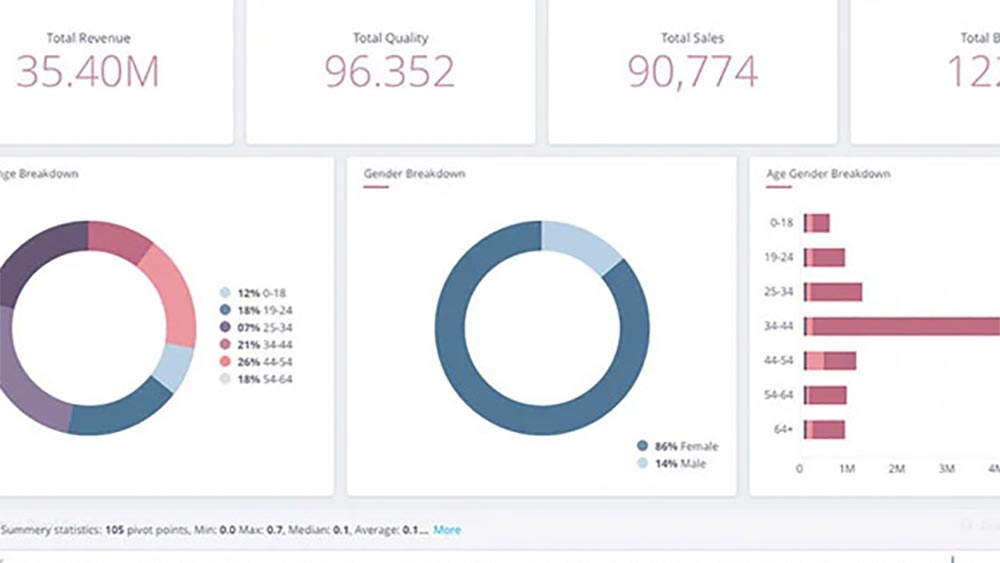- March 20, 2024
Panchali Roychoudhury
Introduction
Flow cytometry is a formidable asset for a researcher. By compartmentalizing cells based on set molecular characteristics, flow cytometry provides information on specific cell types from highly complex and populated samples. This technique analyzes thousands of cells per second, allowing researchers to collect huge data volumes in a relatively short time span.
Flow cytometry plays a crucial role in various fields such as cancer management aiding in early detection, determining treatment effectiveness and enabling personalized therapy decisions. It also helps in screening new therapies faster, and cheaper. Flow cytometry is also widely used in various other applications like protein engineering, genomics and vaccine development.
However, traditional flow cytometry workflows are often hindered by manual gating – a labor-intensive process where analysts visually assess scatter plots and histograms to draw regions around cell populations of interest – being prone to subjectivity and bias.
With the exponential growth of data and complexity of cell populations, manual gating becomes increasingly impractical and difficult. Automated gating algorithms, powered by AI and ML, offer a solution to this challenge. By leveraging unsupervised and supervised approaches, these algorithms can efficiently identify cell populations of interest, reducing analysis time and minimizing bias.
TCG Digital’s innovative approach to flow cytometry combines AI/ML algorithms with advanced analytics, enabling the interpretation of high-dimensional data with unprecedented accuracy. By automating gating strategies and leveraging unsupervised and supervised techniques, TCG Digital’s platform streamlines workflow, enhances consistency, and accelerates biomarker discovery.
In addition to automated gating, AI and ML play a crucial role in data analysis and visualization. Advanced algorithms enable dimensionality reduction, cluster analysis, and cell identity interpretation, empowering researchers to extract meaningful insights from complex datasets. With advanced clustering algorithms such as Uniform Manifold Approximation (UMAP) and t-distributed Stochastic Neighbor Embedding (t-SNE), researchers can navigate high-dimensional data with ease, facilitating the discovery of novel cell types and biomarkers.
Other algorithms, such as self-organizing map (SOM) and PhenoGraph, can improve cluster discovery. Moreover, AI/ML tools can enhance cell identity interpretation through automated gating strategies, deployment of supervised algorithms, and identification of immunophenotypes and biomarkers. Furthermore, frequency tables, histograms, UMAP plots colored by cluster or relative marker expressions, contour plots, and tSNE plots (for cell subset visualizations) are showcasing immense opportunities for AI-powered flow cytometry data analysis.
Integrating AI/ML, leveraging novel algorithms, and harnessing the power of automation is proving to be groundbreaking for the life sciences industry. Advanced flow cytometry will be the cornerstone of this transformation, replacing manual gating with highly sophisticated, automated gating algorithms. Using innovative software solutions for flow cytometry, data analysis will not only bridge existing gaps and overcome subjectivity bias but will also efficiently deal with complex datasets and large cell populations to derive actionable insights. Auto-gating for cell sorting, automated cell population identification, cell development modeling, and dimensionality reduction are the highlights of computational flow cytometry. It will have a substantial impact on vaccine development, proteomics, protein engineering, drug development, and many more scientific areas.













